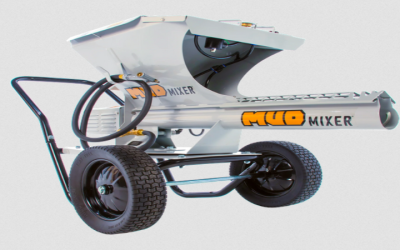Agricultural Pellet Mills in Oregon are used to turn grains and animal feed into pellets. The process makes the final product easier to store and use. Mixing daily batches of grain, protein, and other ingredients to feed the livestock would take time, a larger amount of initial ingredients, and more money. It is more cost-effective and less time-consuming to have pellets readily available.
What a Pellet Mill Does
Feed ingredients are poured into the feeders, and the Pellet Mills in Oregon do the rest. There are a few stages that commence as the feed goes through the mill. The grain or ingredients are conditioned and then pushed through the machine for steaming and drying.
Drying is next before the product is forced through a cylinder with holes. It is at this stage that the pellets are shaped. These cylinders (known as the die) dictate the size and texture of the pellets. The holes can be adjusted to accommodate a wide variety of sizes.
An Investment
The pellet mills are available in many sizes to suit any need. Those who process only grain will want a mill of considerable size for high volume capacity. Ranchers who want a mill to make an original recipe of feed can suit the needs with a smaller mill.
Whichever size mill is purchased, it will be a significant investment. Some farmers seek used mills to stretch their capital in order to get all the equipment required to operate the business. Both new and used mills will last longer if properly maintained. Protect that investment to get maximum use of the mill.
Where to Find One
An experienced company can offer sales, repairs, and routine service of all types of pellet mills. That will save owners money. Custom solutions to resolve issues with the mill will keep it operating for as long as possible. Business owners can contact Mill Service Co. for detailed information regarding several types of mills, as well as other equipment and grain storage.
Millwright work is also offered to extend the life of mills and other machinery. Replacing a metal component of the mill, patching up worn areas, and re-welding seams allow business owners to continue utilizing the mill. A complete replacement may still be required in a few years, but the owner can begin saving money to cover those costs.



